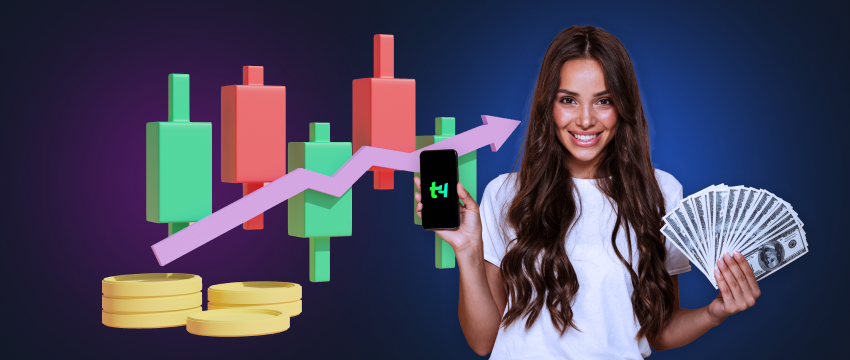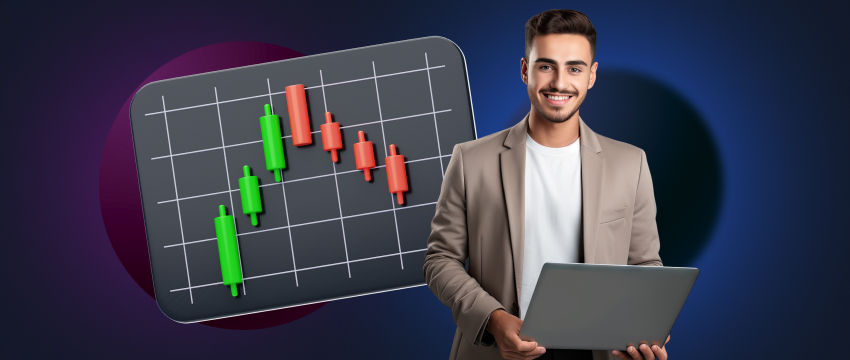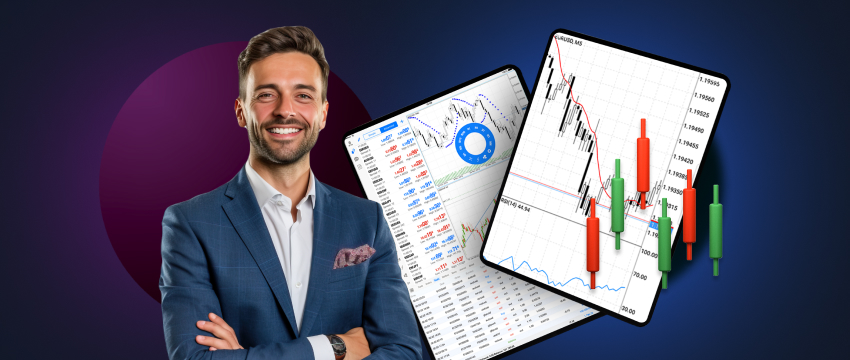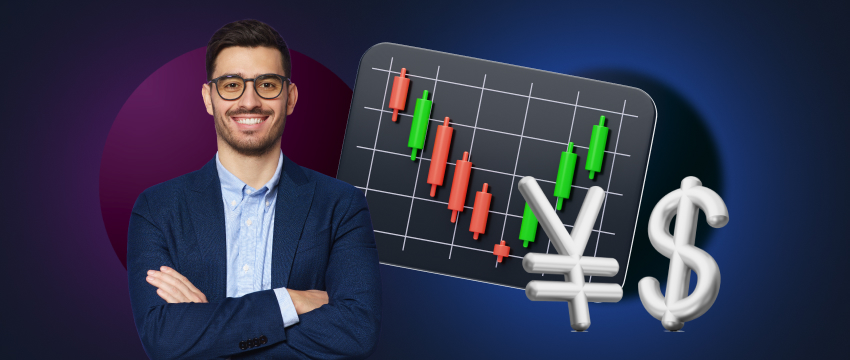Deciding how much capital you’re willing to invest in forex trading is crucial to avoid dipping into funds reserved for savings. Setting a budget is key, as is sticking to it. The question is, how much is too much or too little? Is $1000 enough to trade forex? Let’s find out in this article.
How much money do you need to trade forex?
Trading with $1000 is enough, but so is starting off with $100 as well. Anything is possible with careful planning and effective risk management.
The first step is to properly understand the mechanics of the forex market. This means learning everything you can to do with trading currency pairs. Equip yourself with a wide scope of information regarding market fluctuations and the factors that drive price movements up or down. This includes things like market sentiment, geopolitical unrest, economic news, etc. Forex trading offers the opportunity for making a profit off a small initial investment. It does however also involve significant risk due to volatility, leverage, and market unpredictability.

Managing leverage
The second step in making the most of your budget, be it $1000 or $100 is knowing how to properly manage leverage. Think of leverage as a loan, or borrowed money, that one uses to maximise the potential for positive ROI. It enables traders to enter larger positions than what their account balance would typically facilitate. But while leverage can amplify gains, so too can it exaggerate losses – catastrophically. If handled strategically, and with proper risk management measures in place, leverage can be a powerful tool. However, understanding the implications of leveraged trading is critical to avoid losing all your money.
Setting realistic Forex trading goals
Regardless of whether you’re starting off with $1000 or less, focus on consistent, long-term profitability rather than get-rich-quick strategies. Forex trading requires patience, discipline and a mammoth amount of grit. So an important third step is to be realistic about what you want to or even can achieve. This is particularly vital if you’re a beginner trader with little to no trading experience or very basic skills.
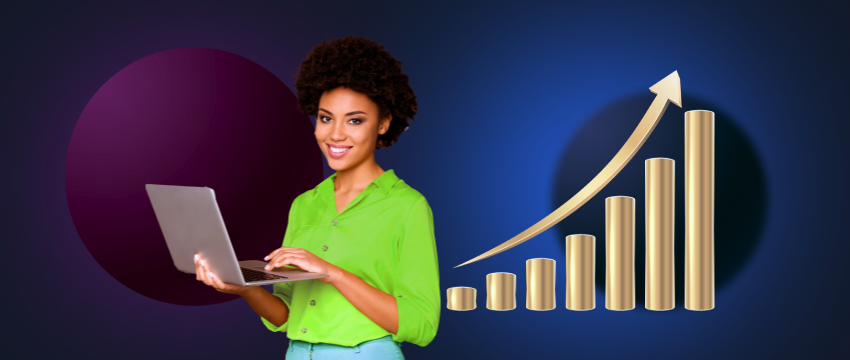
Building a strategic Forex trading plan
This leads us to the fourth step, which is to build a strategic trading plan to help you focus on achieving your goals. A proper plan will define your objectives, trading rules and risk management techniques. This includes the use of stop loss and take profit orders. It will integrate your style of trading and tolerance for risk, to ensure a more optimised trading experience. A trading plan will also factor in your budget, as well as the ways to minimise unanticipated capital losses. Finally, if followed properly, a well-structured trading plan will also help you get a better handle on your emotions, to reduce adverse trading outcomes.
Choosing a reputable Forex broker
Ah yes, the ever-critical fifth step, selecting a broker that is most aligned with your trading needs. You want to pick a broker that will help you put your initial investment to good use to maximise your potential for making a profit. A good forex broker is one that will offer tight spreads, low commissions (if applicable), and a user-friendly, feature-rich trading platform for more successful trading outcomes. They will also provide a high level of customer support across their communication channels, be this email, telephone or live chat. Choosing a CFD forex broker is a very important part of the trading journey so ensure you’ve done your research, and listened to the feedback from other traders. There are a plethora of reviews and testimonials online. Find them and read them to get a better understanding of what you could potentially be getting yourself into.
Quality trades and portfolio diversification
An important 6th step is to simply take it slow. Don’t be impulsive. Seek to enter and exit quality trades rather than open random positions with no clear strategy in mind. In other words, prioritise quality over quantity. Stay informed on financial market news, central bank announcements, and other geopolitical events to make informed trading decisions. It doesn’t matter whether you’re trading with $1000 or $100, every dollar counts. In addition, consider diversifying your trading portfolio to spread the risk. As the saying goes, don’t put all your eggs in one basket, i.e. don’t put all your funds into a single trade or currency pair. Diversify your trades to minimise the impact of potential losses.

Tracking your trades
One of the best ways to maximise your funds in a way that earns you gains is to journal your trades. This 7th step requires that you keep a detailed account of every trade that you’ve opened or closed, the reasons why, and the outcome. Having the ability to review historical data will allow you to detect patterns, strengths, and weaknesses in the way you trade. This information is gold as it enables you to make adjustments to your trading strategy where necessary, increasing your potential for success.
Trading using a demo account to become more skilled
Knowing how to properly manage your funds when trading requires building up your skill set. One of the best ways to do this is by opening up a demo forex trading. The critical 8th step, a demo account gives you access to a virtual trading environment in which to execute your trading strategies and analyse outcomes. A demo account offers a way for you to become more familiar with the منصة تداول so that you’re better prepared to utilise it when moving to live trading. You’ll also be able to enter and exit positions using virtual money, so that you don’t risk losing your own capital. With time and practice, you’ll gain the confidence to start trading live.
In summary
Taking everything we’ve discussed in this article, it’s pretty clear that $1000 is enough to trade with. Ultimately, it’s more about how you manage that $1000 than the actual amount you have available to use. However, as we stressed earlier, ensure you trade with an amount you can afford. Don’t dip into money that you’ve reserved for important life events like getting through university, buying a house, or saving for retirement. As thrilling as trading can be, the risk of losing your money is exceptionally high. So ensure you remain vigilant and focused. Show restraint, and don’t trade impulsively. Abide by the rules of your trading plan and don’t indulge in reckless trading behaviours.
Disclaimer: This material is for general informational & educational purposes only and should not be considered investment advice or an investment recommendation. T4Trade is not responsible for any data provided by third parties referenced or hyperlinked, in this communication.
